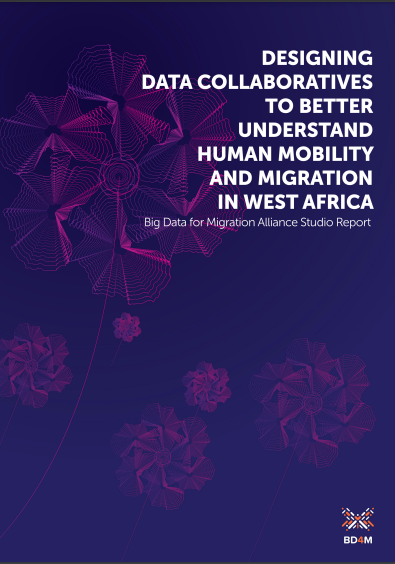Heidi Beate Bentzen et al in Nature: “International sharing of pseudonymized personal data among researchers is key to the advancement of health research and is an essential prerequisite for studies of rare diseases or subgroups of common diseases to obtain adequate statistical power.
Pseudonymized personal data are data on which identifiers such as names are replaced by codes. Research institutions keep the ‘code key’ that can link an individual person to the data securely and separately from the research data and thereby protect privacy while preserving the usefulness of data for research. Pseudonymized data are still considered personal data under the General Data Protection Regulation (GDPR) 2016/679 of the European Union (EU) and, therefore, international transfers of such data need to comply with GDPR requirements. Although the GDPR does not apply to transfers of anonymized data, the threshold for anonymity under the GDPR is very high; hence, rendering data anonymous to the level required for exemption from the GDPR can diminish the usefulness of the data for research and is often not even possible.
The GDPR requires that transfers of personal data to international organizations or countries outside the European Economic Area (EEA)—which comprises the EU Member States plus Iceland, Liechtenstein and Norway—be adequately protected. Over the past two years, it has become apparent that challenges emerge for the sharing of data with public-sector researchers in a majority of countries outside of the EEA, as only a few decisions stating that a country offers an adequate level of data protection have so far been issued by the European Commission. This is a problem, for example, with researchers at federal research institutions in the United States. Transfers to international organizations such as the World Health Organization are similarly affected. Because these obstacles ultimately affect patients as beneficiaries of research, solutions are urgently needed. The European scientific academies have recently published a report explaining the consequences of stalled data transfers and pushing for responsible solutions…(More)”.

